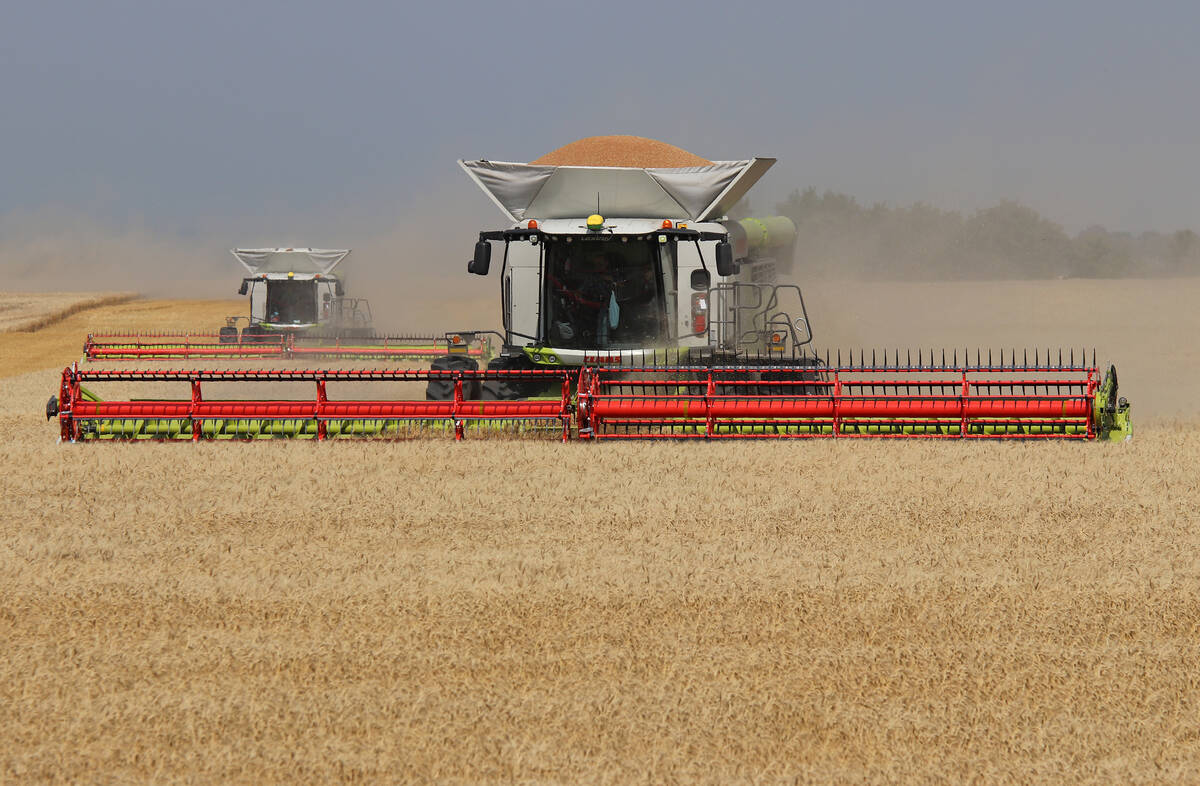Agricultural prices may rebound slightly next year but not to the boom levels of 2007-12
Commodity prices won’t return to their recent highs any time soon, says a senior economist with the World Bank.
“We expect the weakness to prevail for the rest of the year,” said John Baffes. “We do see some recovery next year, but this recovery is going to be sporadic.”
Prices for energy, metals and agriculture commodities are well below where they were in the boom period of 2007-12.
There are plenty of theories for what happened, including slumping Chinese demand, the appreciation of the U.S. dollar and the end of the U.S.’s quantitative easing monetary policy.
Read Also

China’s grain imports have slumped big-time
China purchased just over 20 million tonnes of wheat, corn, barley and sorghum last year, that is well below the 60 million tonnes purchased in 2021-22.
However, Baffes believes there is another more likely explanation.
“All commodity markets right now appear to be well supplied,” he said.
High prices induced investments in research and technology in the commodity sector, which has boosted world supplies of metals, oil and agricultural products.
“When new supplies come in they tend to stay,” Baffes told the recent Feeding the Global Middle Class conference.
“We’re in a transition period to lower commodity prices.”
He expects agricultural prices to bottom out this year and then gradually improve next year, but farmers shouldn’t count on a return to the glory days of a few years ago.
“Certainly the levels that we saw during the boom periods, I don’t think we’re going to see them again,” said Baffes.
The good news is the same can be said for crop inputs such as fertilizer and fuel. The World Bank expects oil prices to average $53 per barrel this year and $57 next year.
The long-term forecast for oil prices is in the $50 to $70 per barrel range. Baffes said North America’s oilsands production will eliminate the volatility that drove oil prices down to $10 per barrel in 1998 and up to $145 in 2008 because it is essentially a manufactured product.
“When the price of oil goes above $70, a lot of oil will come in. When the price drops below $50, a lot of oil is going to go out of the market,” he said.
The current scenario is eerily similar to the oil price crash of 1985-86.
Both crashes occurred after a prolonged period of high prices.
In both cases there was a huge influx of supply from unconventional sources. In 1985-86, it was product from Alaska, Mexico and the North Sea, while in the current situation it was oilsands product.
The response from the Organization of the Petroleum Exporting Countries was also the same, which was to abandon its targeted price strategy and attempt to recapture market share by increasing production.
However, there are also significant differences between the two events.
OPEC had excess production capacity of 10 million barrels per day back then, but today it is more like two million barrels.
There was also a huge demand shock in the market in the 1980s as Americans switched from U.S. cars to more fuel-efficient imported vehicles. That doesn’t exist today.
As well, the collapse of the Soviet Union in 1991 eventually resulted in an influx of oil on the market as the region consumed less and produced more.
The crash of 1985-86 led to an 18-year period of low oil prices. Will that happen again, given all the similarities and differences?
“I wish I knew the answer to this. I don’t know,” said Baffes.















